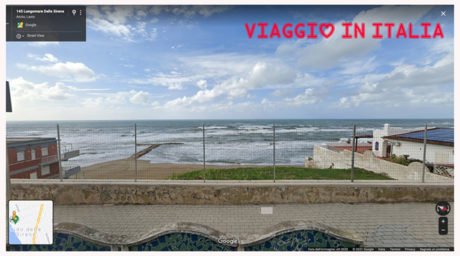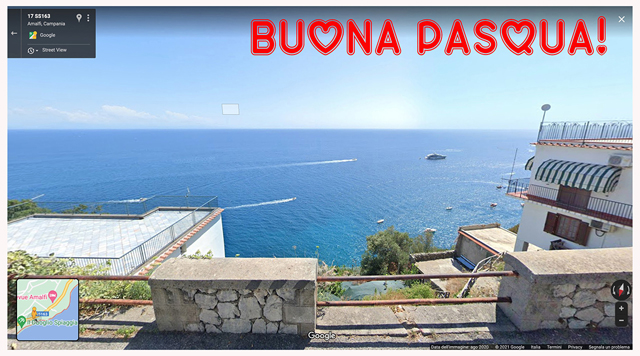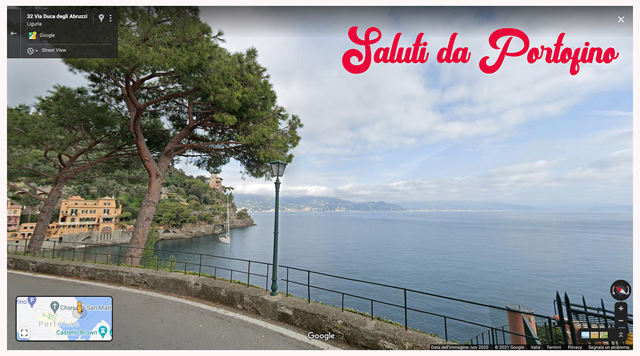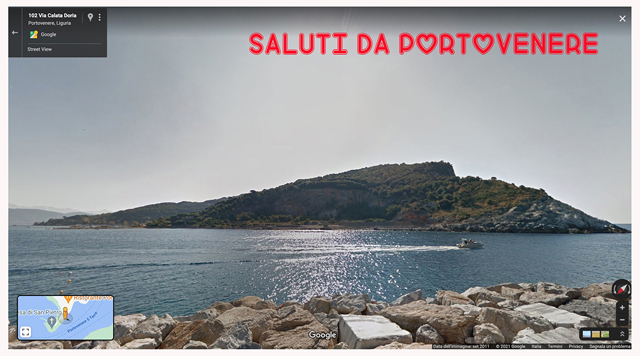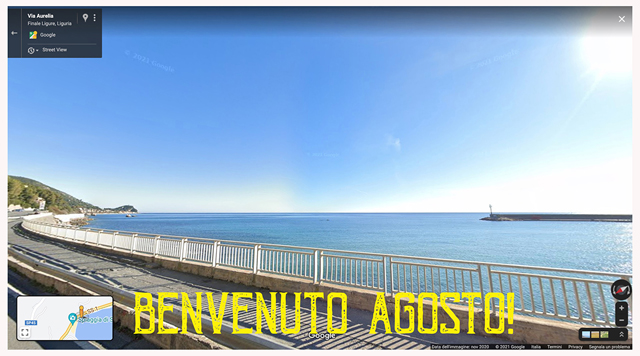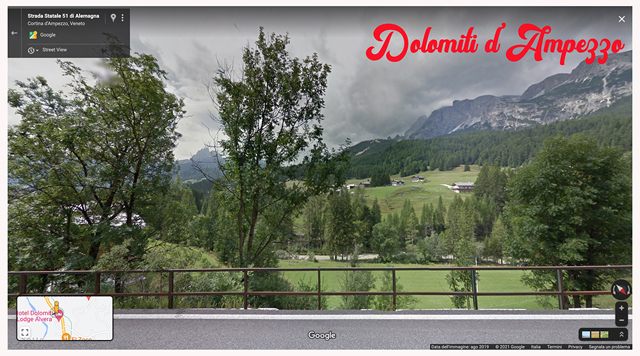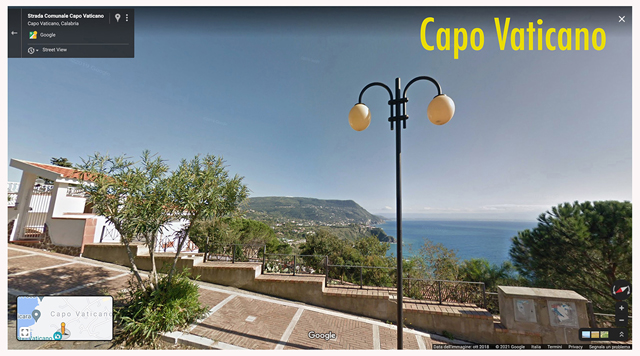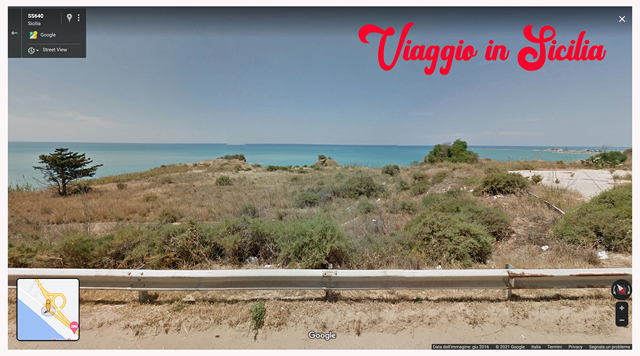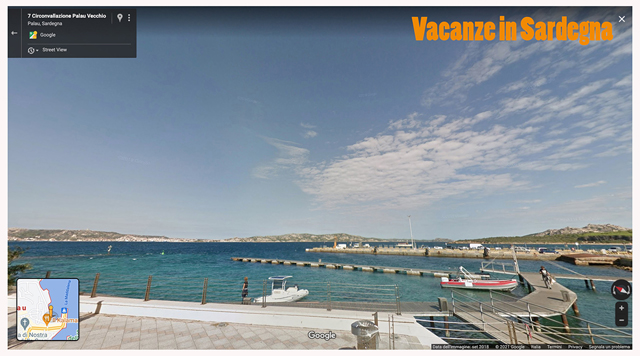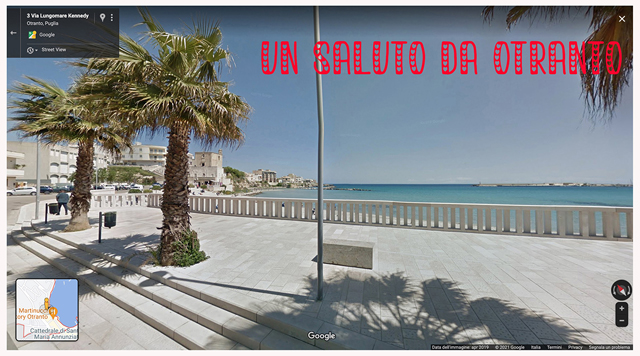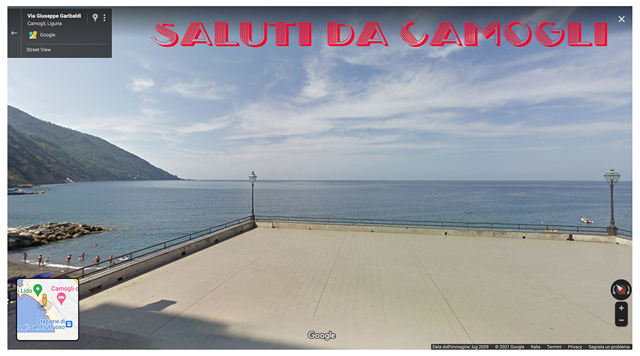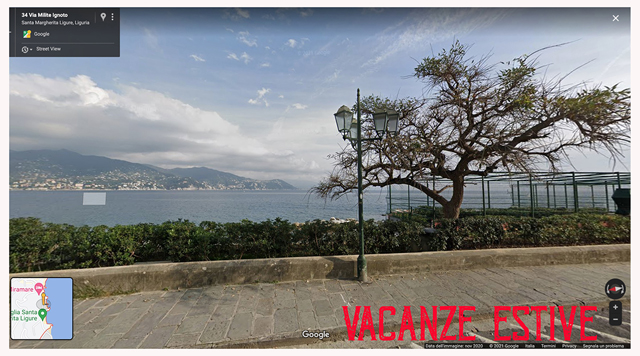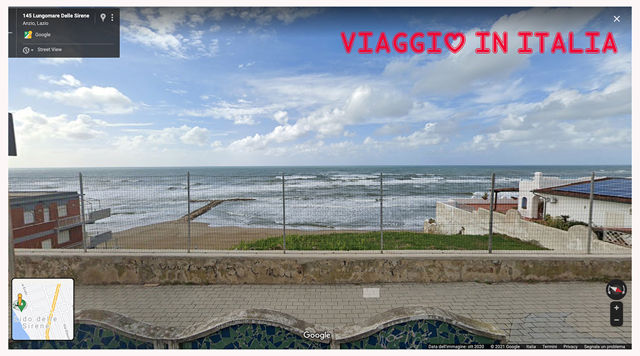Cartoline di viaggio al tempo della pandemia
Durante la pandemia si è assistito ad una progressiva paralisi della nostra mobilità. La drastica limitazione della mobilità ha reso impossibile soddisfare un’esigenza, quella del viaggio, che negli ultimi anni, grazie all’aumentata accessibilità economica, era divenuta sempre più sentita. Il viaggio, finalizzato a visitare luoghi ad elevata valenza attrattiva e mediatica, aveva anche dato una risposta ad un desiderio interiore di libertà ma talora anche di fuga dalla realtà. In altre parole, se in passato, spostarsi dalla residenza abituale era un piacevole intermezzo nella vita vera, in epoca più recente ne era divenuto una componente quasi necessaria. E se quindi un tempo viaggiare era un’attività che tendeva a coincidere con le vacanze estive, pasquali o natalizie, ormai si era slegato da tali riti comunitari, integrandosi sempre più nella vita “normale”. La ridotta mobilità da pandemia ha pertanto generato un forte bisogno di evasione nei singoli individui che in qualche modo doveva essere comunque soddisfatto. La visualizzazione in street view delle mappe, ormai alla portata di tutti, consente di visitare virtualmente qualsiasi meta. Nel frattempo un altro elemento aveva in questi anni assunto un ruolo di rilievo: la condivisione del viaggio sui social network. Il completamento irrinunciabile dell’esperienza “viaggio” è perciò la sua condivisione sui social: le risorse del web vengono ancora in soccorso di questa smania comunicativa, permettendo ai “viaggiatori” di inviare “cartoline di saluti” utilizzando forme grafiche e messaggi testuali personalizzati. Addirittura è possibile mandare gli auguri pasquali alla vecchia maniera, come quando la gita di Pasquetta era una tradizione e così via, in un crescendo di riti autoconsolatori. Inviare una cartolina in fondo ha sempre avuto questo significato autocelebrativo (hai visto dove io, fortunato, ho potuto permettermi di andare?) e perchè il viaggio virtuale dovrebbe fare eccezione?
Travel Postcards at the Time of the Pandemic
During the pandemic there was a progressive paralysis of our mobility. The drastic limitation of mobility made it impossible to satisfy a need, that of travel, which in recent years, thanks to increased economic accessibility, had become increasingly felt. The trip, aimed at visiting places with a high attractiveness and media value, had also given an answer to an inner desire for freedom but sometimes also for escape from reality. In other words, if in the past, moving from one’s habitual residence was a pleasant interlude in real life, in more recent times it had become an almost necessary component. And so if once traveling was an activity that tended to coincide with the summer, Easter or Christmas holidays, by now it had detached itself from these community rites, becoming more and more integrated into “normal” life. The reduced mobility caused by the pandemic has therefore generated a strong need for evasion in individuals which in some way had to be satisfied anyway. The street view display of the maps, now within everyone’s reach, allows you to visit virtually any destination. In the meantime, another element had taken on an important role in recent years: sharing the journey on social networks. The essential completion of the “travel” experience is therefore its sharing on social networks: the web resources still come to the aid of this communicative craving, allowing “travelers” to send “greetings postcards” using graphic forms and personalized text messages. It is even possible to send Easter greetings in the old way like when the Easter Monday trip was a tradition and so on in a crescendo of self-comforting rites. After all, sending a postcard has always had this self-congratulatory meaning (did you see where I, lucky enough, could afford to go?) And why should virtual travel be an exception?
